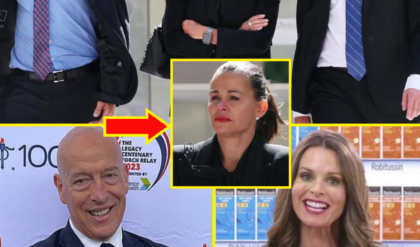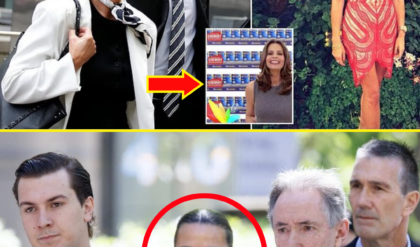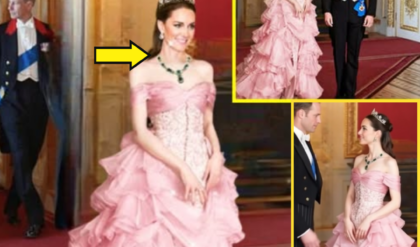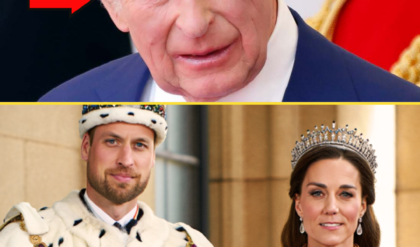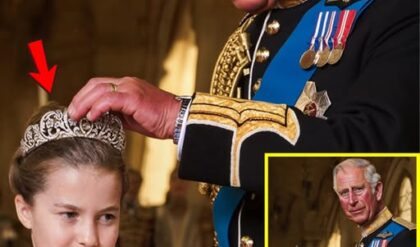The following reveals spoilers for Beetlejuice Beetlejuice, now playing in theaters.
Beetlejuice Beetlejuice has proven a hit for director Tim Burton, who rocketed to fame on the surprise success of the 1988 original to become one of Hollywood’s most distinctive auteurs. The film has earned praise in part for evoking Burton’s early hits, when people were less familiar with his vision and his imaginative cinematic worlds felt newer. Beetlejuice Beetlejuice taps into the nostalgia without losing the energy, and delivers the most Burton-like Burton movie in a long time.
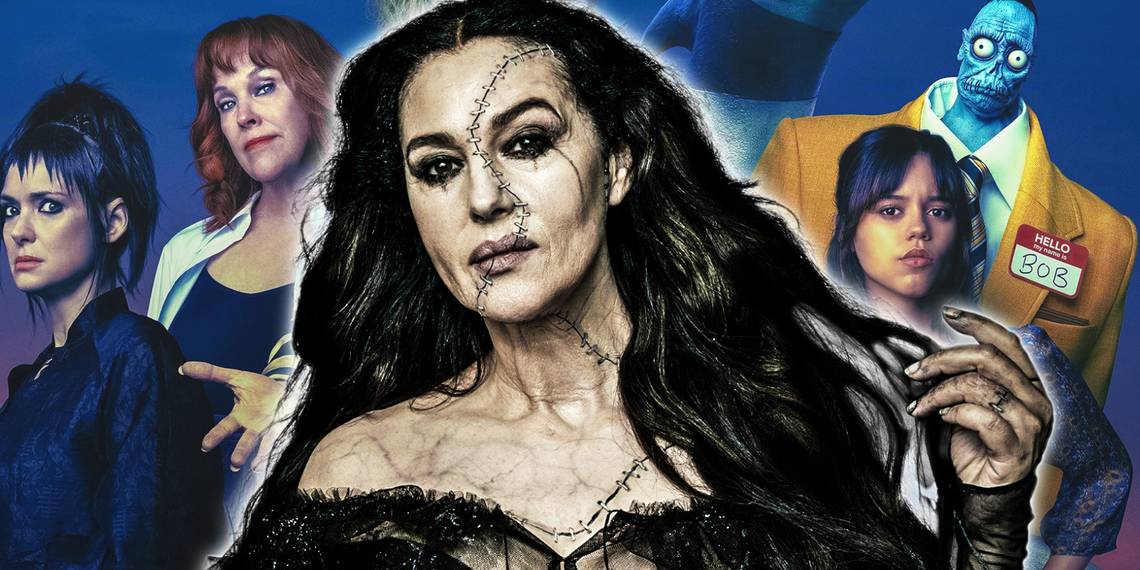
He takes advantage of the opportunity to pack it full of Easter eggs, most of which reflect the movie’s kooky world. It also includes an overt reference to Italian horror movie director Mario Bava, who helmed a series of cult classics in the 1960s and 1970s. Burton is an enthusiastic fan of the director, whose influence can be felt in many of his movies.Beetlejuice Beetlejuice gives him the perfect opportunity to formally tip his cap to Bava and his films, and the reference turns out to be the new movie’s best inside reference.
Mario Bava Directed Genre Cult Classics
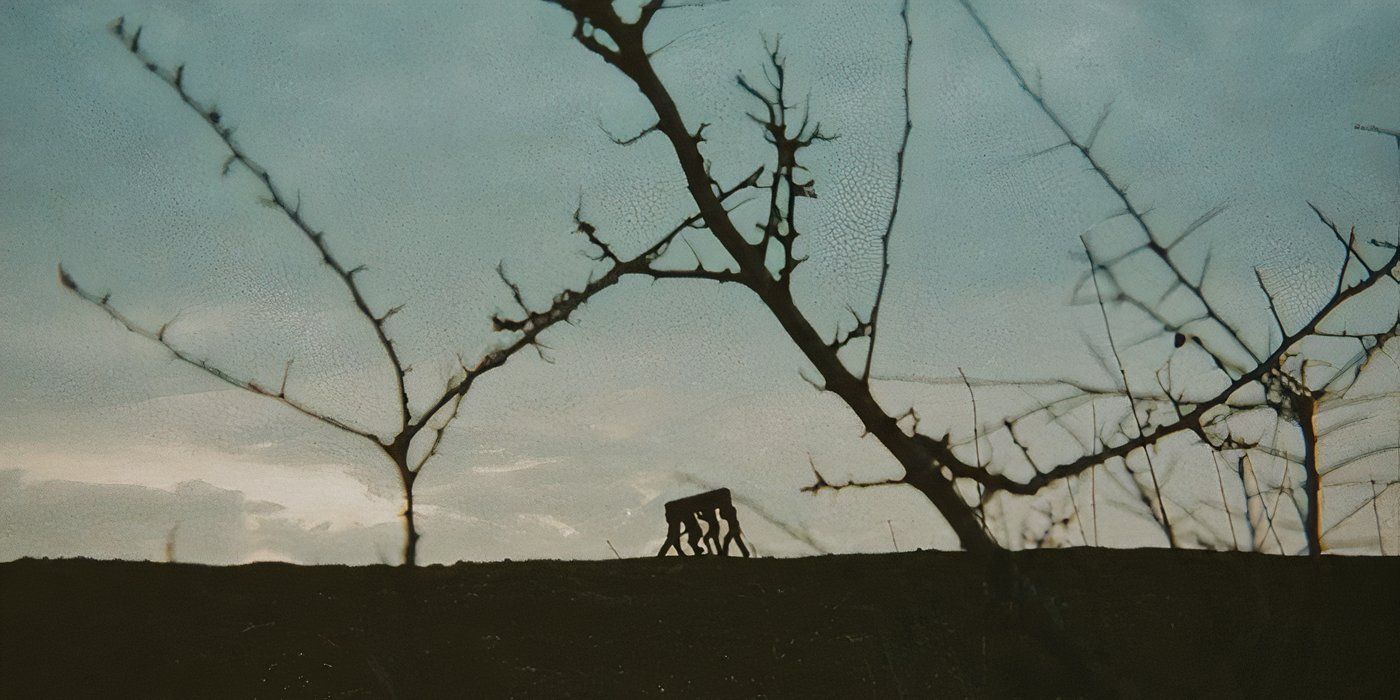
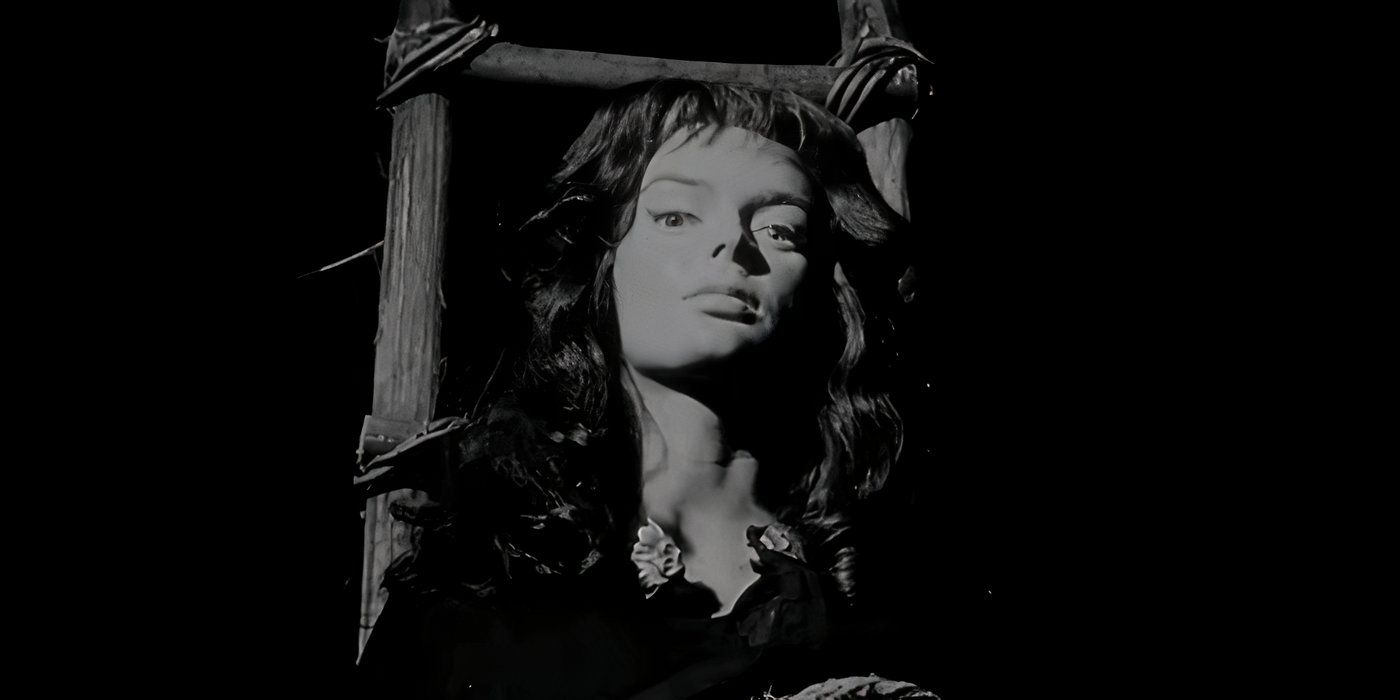
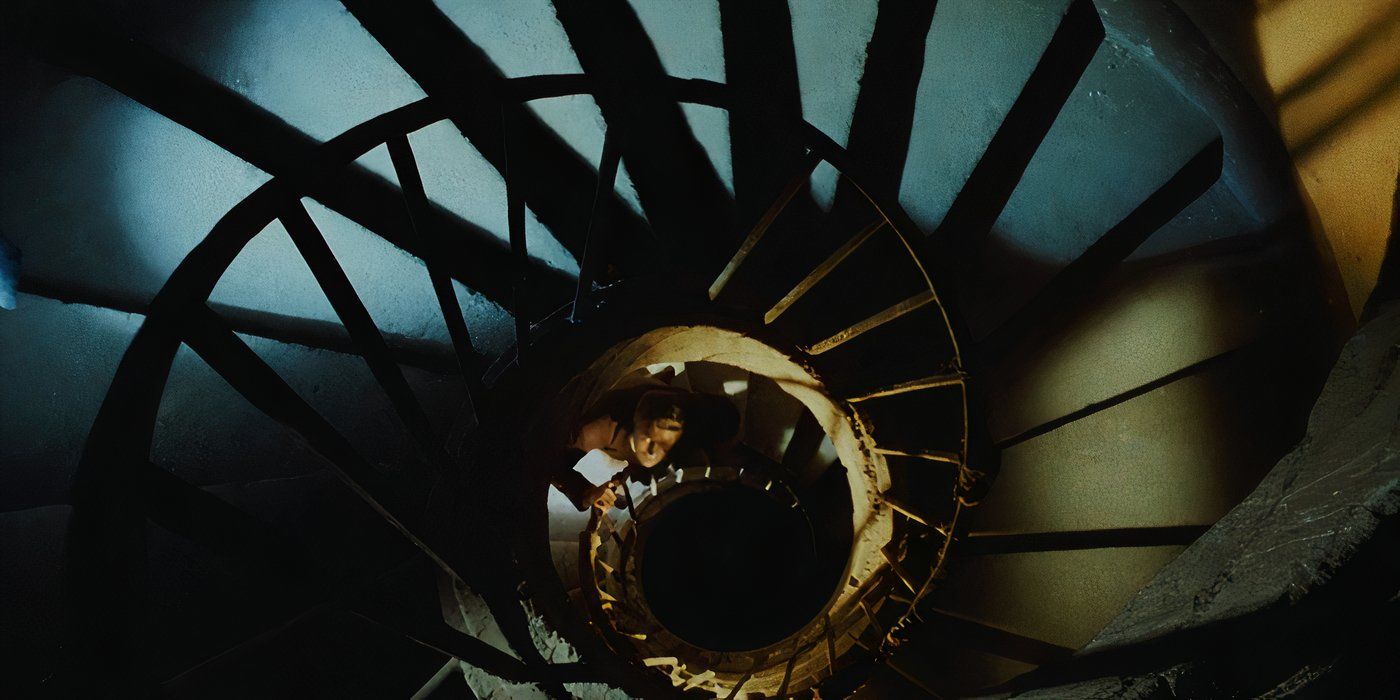
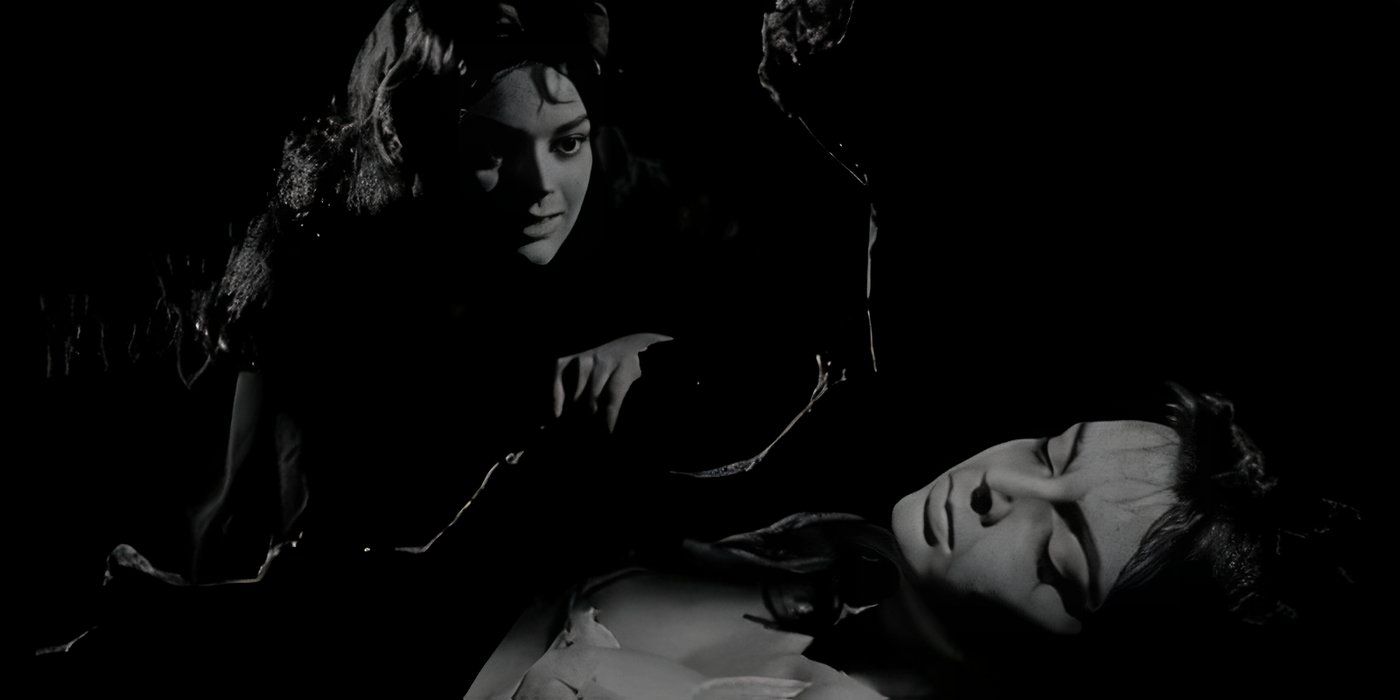




Mario Bava began his career as a cinematographer, and carried those instincts into his directorial career for decades. His films often make bold use of color, for instance, or singular extremes of black-and-white, which many of Burton’s films match. Later in his DP career, he was often tasked with helping directors finish a given film on time, to the point of serving as co-director on many occasions. It gave him a reputation as a kind of cinematic repairman, who would take a half-completed movie and get it across the finish line.
Bava made his debut as a director in 1960’s Black Sunday, a classic Gothic horror film about a witch resurrected as a vampire. It marked the beginning of a long career, spent mostly in Italian genre movies such as Hercules in the Haunted World, Planet of the Vampires and Danger: Diabolik. The latter served as the final movie for Mystery Science Theater 3000’s original run in 1999. Bava also directed Vincent Price in the schlocker sequel Doctor Goldfoot and the Girl Bombs. The actor was a famous favorite of Burton’s, whose Edward Scissorhands included Price’s final onscreen performance.
Bava’s films were praised during his lifetime for their strong production values and solid stories, despite their status as B pictures. A number of subsequent filmmakers have claimed his work as inspiration, including Quentin Tarantino, Francis Ford Coppola, and Martin Scorsese. He’s since been credited with helping to establish Italy’s giallo movement of thrillers and horror movies, specifically 1963’s The Girl Who Knew Too Much, which launched the careers of Dario Argento and Lucio Fulci, among others.
Bava worked in Italy for the whole of his career, never going to Hollywood despite multiple opportunities to do so. His films didn’t do hugely well financially during their initial runs, but developed a cult following among lovers of Italian horror and offbeat movies in general. They remain a staple of the midnight circuit, which is where Beetlejuice Beetlejuice finds a clever way to tip its cap.
Tim Burton Is Inspired by Mario Bava’s Work
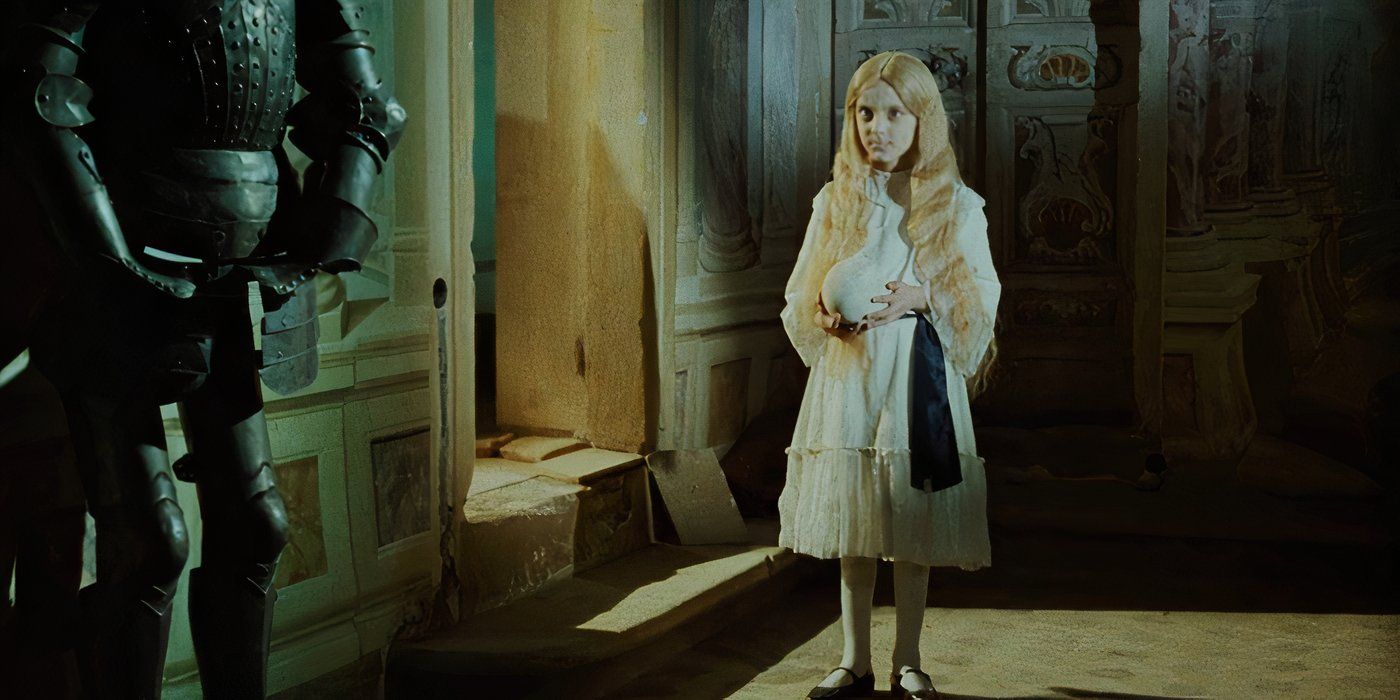
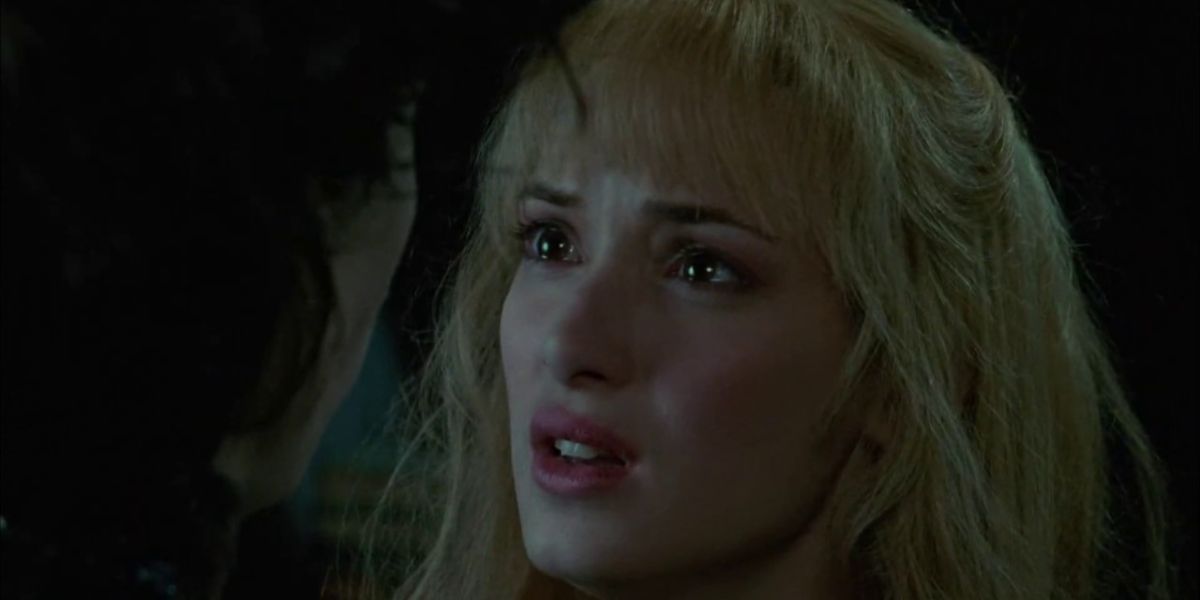
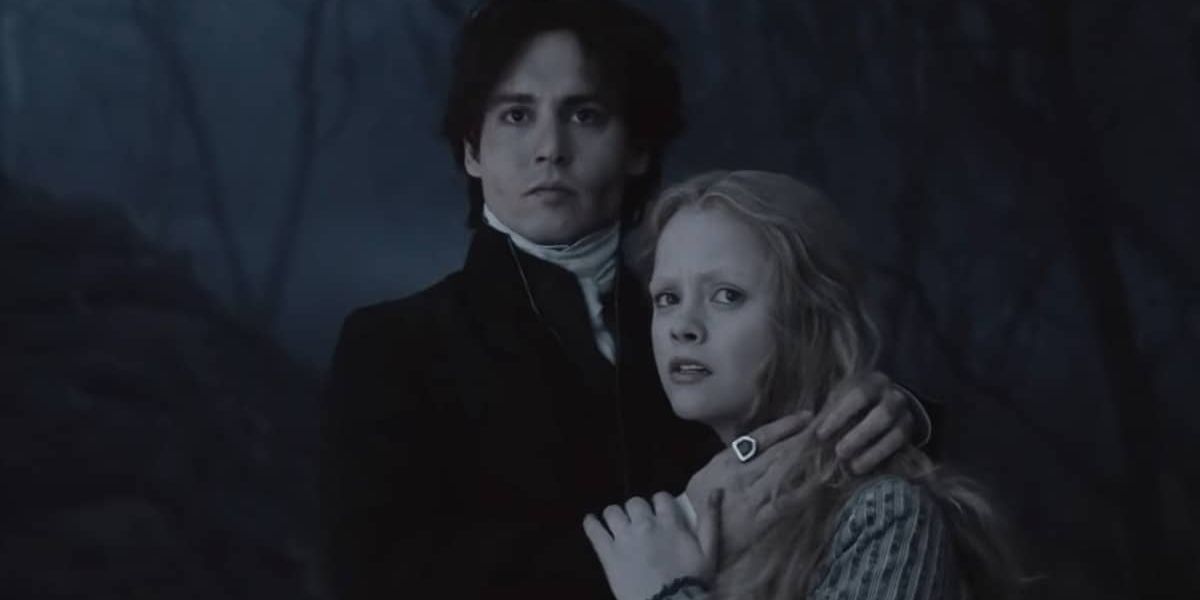
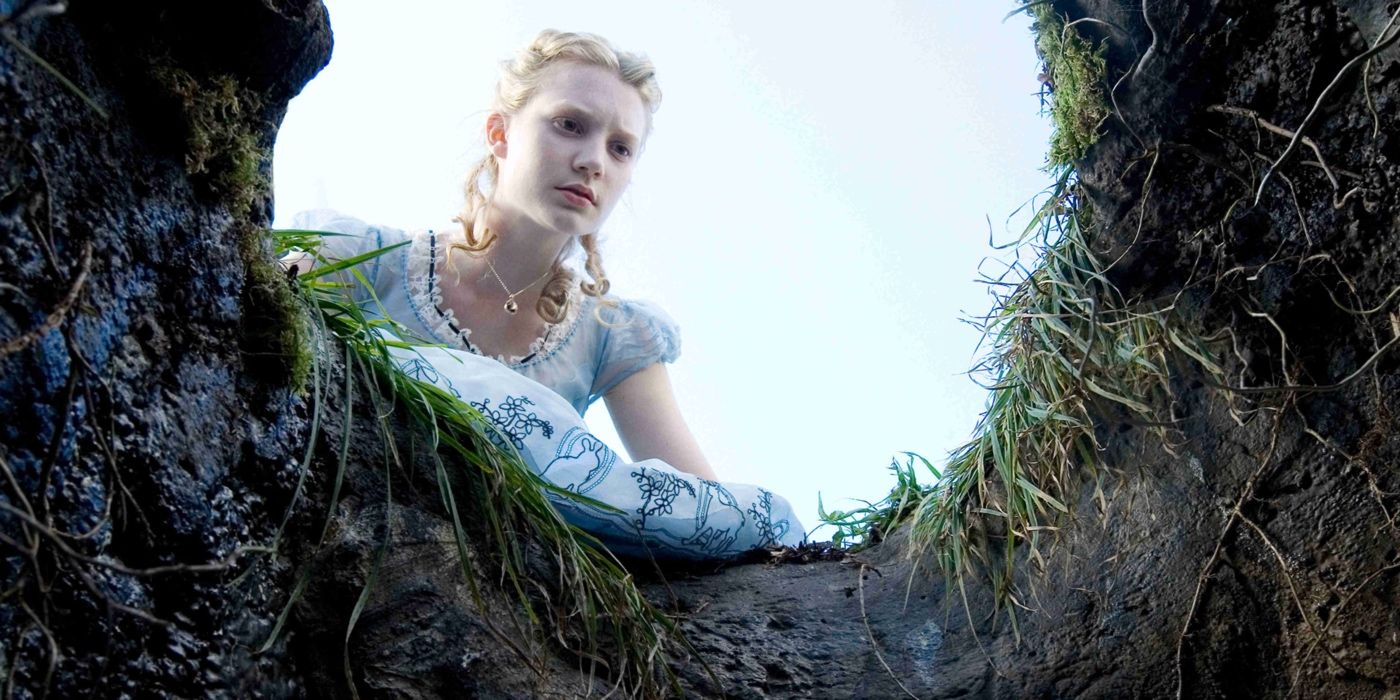




Bava’s admirers include Tim Burton, who has often cited his films as a major influence on his own work. In an interview with ROMA Cinephilia Magazine, he mentioned Black Sunday and how its surreal qualities affected him during a marathon viewing of horror movies.
It’s hard not to spot the inspiration, particularly in Burton’s works that make intense use of color. Sleepy Hollow, for instance, is shot in dramatic tones of near black and white, punctuated by shocking red blood. Burton’s Gothic settings and Expressionistic atmosphere owe a good deal to Bava too, as does his focus on setting and world-building. Burton has sometimes been accused of focusing on the look and surface details of his films rather than the narrative, so it’s no surprise that he takes such inspiration from a director who started as a cinematographer.
Kill, Baby… Kill! is a particularly strong example of Bava’s work as well — it’s smart, spooky, and well-crafted despite its comparatively low budget. It centers around a remote village in the early 20th century, which the inhabitants believe is cursed. 20 years earlier, the daughter of the local Baroness was trampled to death in the middle of a public festival that got out of hand. Her ghost now stalks the village, murdering young women in revenge.
After you watched about two movies in a row, you’d go into this dream state, and sometime around 3 A.M. on the weekend, Black Sunday came on. It really was like your subconscious, like a dream, almost like hallucinating.
Among its other qualities, the film does quite well in depicting a child as evil, an overused cliché that nonetheless feels positively chilling in Bava’s hands. A bouncing ball and girlish laughter announce her arrival, and the techniques work even for horror fans well-accustomed to such gimmicks. She never attacks herself, but instead mentally induces her victims to kill themselves in the most gruesome way imaginable. The director draws out those moments with a merciless tension that Hitchcock might envy.
It also carries a number of visual references that can be seen in Burton’s films. The ghost, for instance, bears an unmistakable resemblance to several of Burton’s heroines, including Mia Wasikowska’s Alice in Wonderland, Christina Ricci’s Katrina Van Tassel, and Winona Ryder’s own blonde suburbanite in Edward Scissorhands. Visual nods can be seen in his work as far back as Frankenweenie and Vincent, and at his best, he finds something of the same surreal, dreamlike quality as Bava’s work.
Beetlejuice Beetlejuice Is a Love Letter to Bava
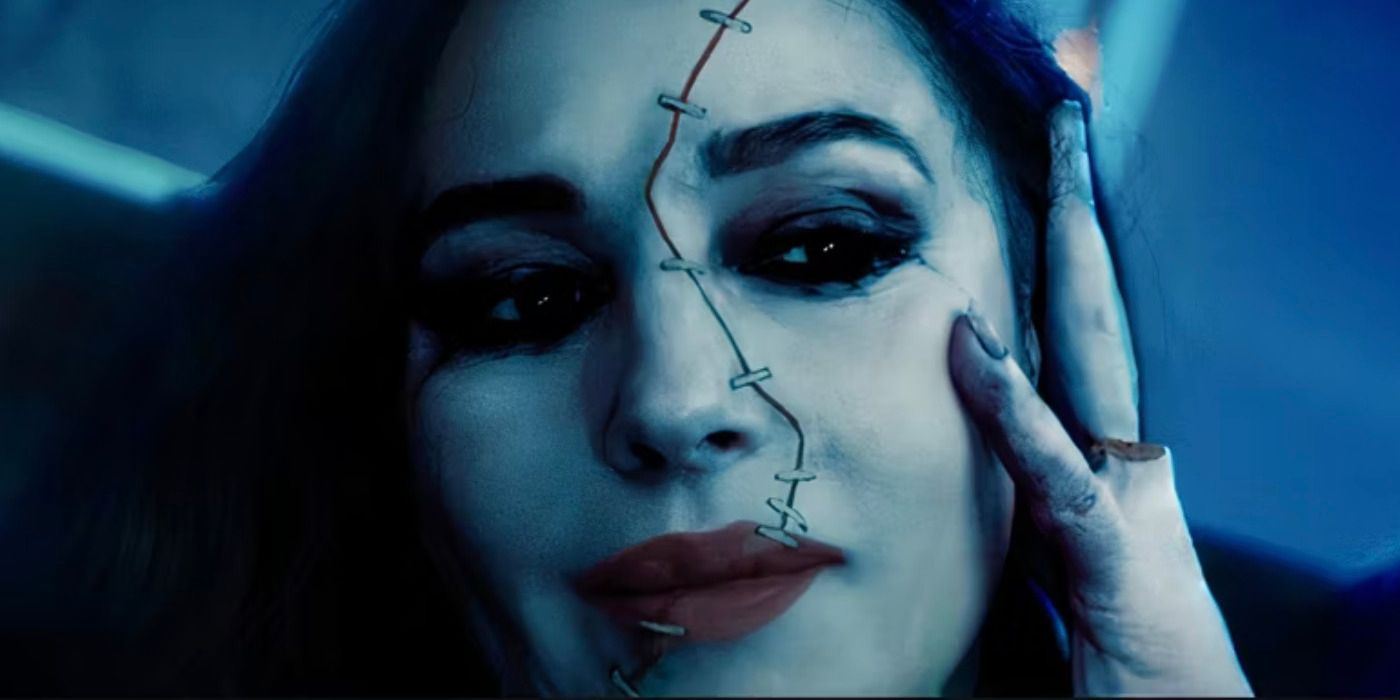
It’s no surprise that someone like Lydia Deetz would be a big fan of Bava, which Burton uses to honor the director in Beetlejuice Beetlejuice. The former Goth teen has grown into a widowed mother who hosts a successful TV series investigating the paranormal. About midway through the film, Lydia tells her daughter Astrid that she and her husband Richard attended an all-night Bava festival when she was nine months pregnant and that, “My water broke during Kill, Baby… Kill!”
It’s significant because the film was Richard’s favorite. His death and Lydia’s inability to contact him despite her connection to the afterlife is the primary source of friction between the two characters. Burton specifically uses Bava to draw attention to it, and almost perfectly inverses the meaning in the process. Kill, Baby… Kill! focuses on vengeful spirits and unresolved grief. In Beetlejuice Beetlejuice, the movie serves to bring the family together, and the living end up visiting the land of the dead, where they reconcile with the departed and each other.
Beetlejuice Beetlejuice goes a step further by providing its own vengeful ghost, played by Monica Bellucci and bearing an unmistakable resemblance to several similar figures in Bava’s films. They were married in life, only for her to poison him just before he chopped her up with an ax. She staples herself back together early in the film and comes for him, devouring any soul she meets along the way. It’s played very tongue in cheek, in keeping with the movie’s overall tone, but it’s hard to miss Bava’s hand in the character. Bellucci implicitly understands the assignment, and keeps her ghost weird and menacing even as the rest of the film riffs on it. She might have stepped straight off the screen from the likes of Black Sunday, and the movie knows it.
Burton feels fresher here than he has of late, in part because Beetlejuice Beetlejuice gets back to his roots in a big way. Bava’s work plays a huge part in that, simply because of the influence he had over what has become a singular directorial division. The new film honors that in both big ways and small, patterning its story after his films while making its heroine a huge fan to ensure that the audience doesn’t miss the link. The homage couldn’t be more fitting, while giving Beetlejuice Beetlejuice an unmistakable connection to the movies that helped inspire it.
